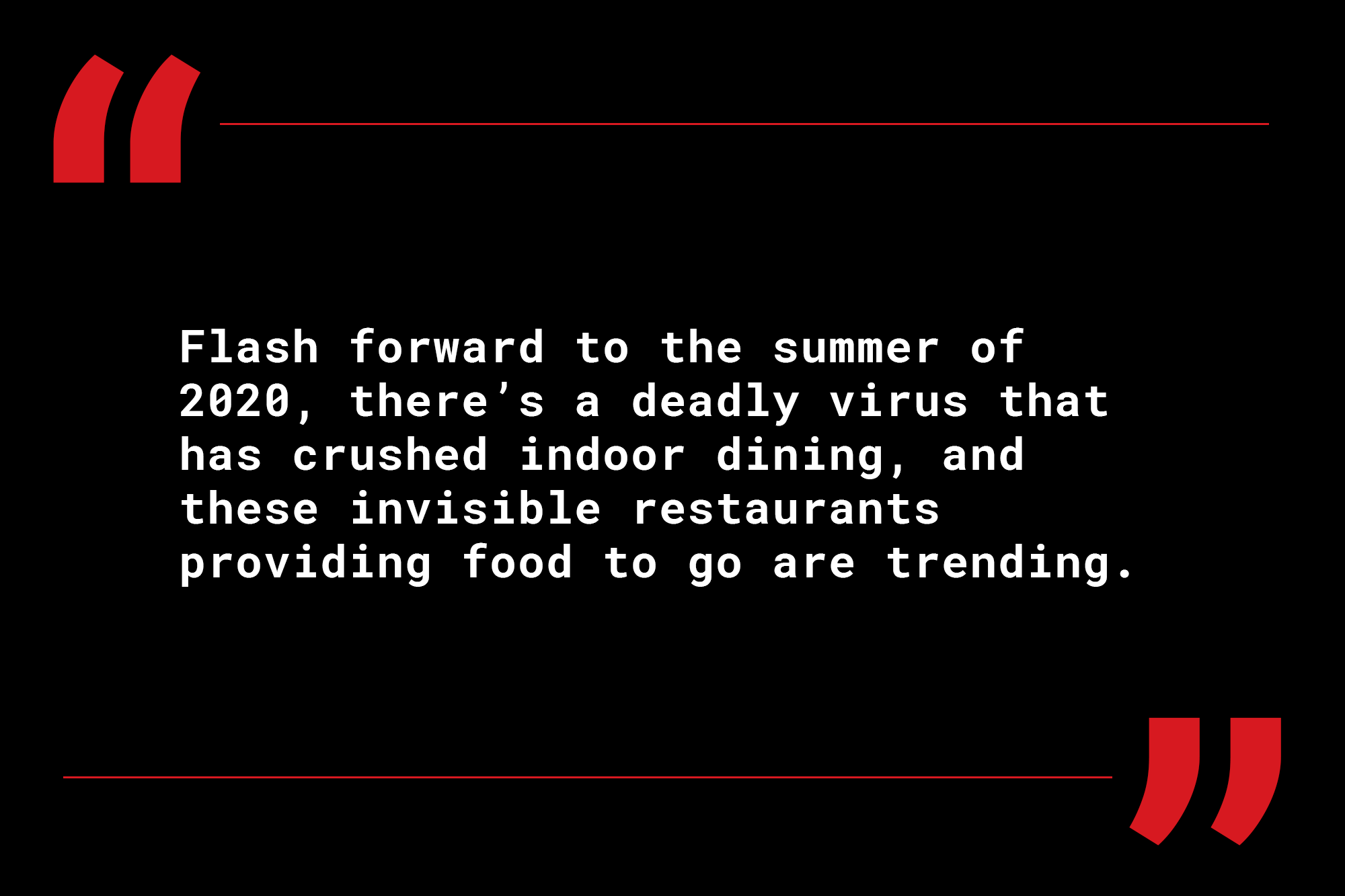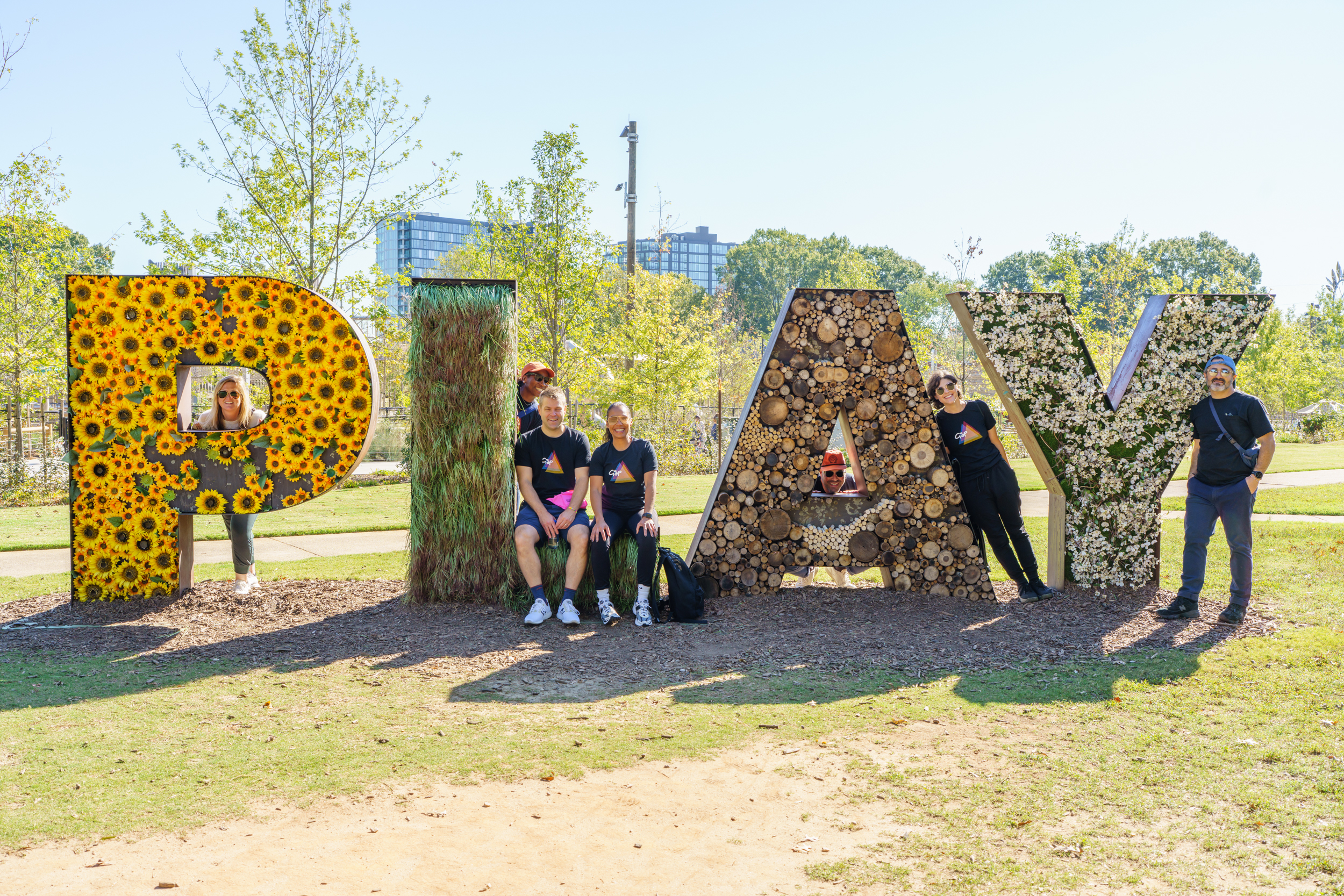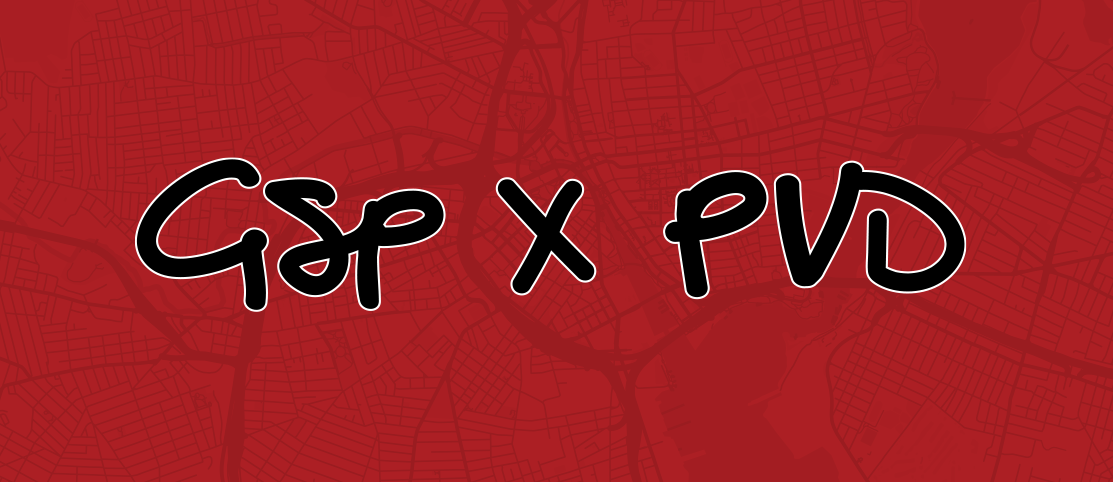The Holy Ghost Kitchen: Part One
A little over a year ago I was asked to create five websites for five restaurants that didn’t exist. The unusual part was that each uniquely named and branded restaurant was going to exist online only, with no plans of opening a physical space. It was the first time I had learned of the “ghost kitchen” concept, and to be honest it sounded borderline fraudulent. Flash forward to the summer of 2020, there’s a deadly virus that has crushed indoor dining, and these invisible restaurants providing food to go are trending.
Restaurant owners are doing whatever they can to increase revenue, especially going into the colder, non-patio months. Ghost Kitchens shift the focus from serving customers in a storefront or dining room (otherwise known as hospitality) to meal preparation. Because the restaurant (or I guess you call it a ghost restaurant) has no physical presence, ghost kitchens provide delivery themselves or depend on the visibility of food deliver apps to take orders. The beauty of this, and to tie things back to the impact of the epidemic, is that ghost kitchens are places where meals are prepared, but they don’t have a physical storefront, which means no front-of-house staff or dining room. Additionally, the real estate costs are much lower because overhead costs can be shared and the location isn’t as instrumental and zoning requirements differ.
Prior to COVID-19, national and regional chains were among the first to experiment with ghost kitchen facilities popping up across the U.S., including Kitchen United, Epic Kitchens, Reef Kitchens and DoorDash Kitchens. Each location may hold 10 or more restaurants. It seems like there are few approaches to establishing oneself as a ghost kitchen. The first is to use name recognition to push a new menu concept without having to open a new physical location. Popular chefs all over the country have jumped at this opportunity, hoping that their name alone can draw orders. The other approach, which is more popular for chains, is to create a concept, one that can be totally different than their notable brand, to attract customers that don’t really care who’s supplying the food. They want noodles, so they look up noodles. They want a burger, so they look up burgers. Don’t be surprised to learn that a burger place will have the word burger in the title of the restaurant. Of course, the recognized chefs can benefit from this blind ordering as well.
Euromonitor predicts that ghost kitchens will be a $1 Trillion dollar industry in just 10 years. So, pandemic or not, there is some belief that they are here to stay. I also think that staggering number reflects just how damaging this virus has been to the restaurant industry as this number is driven by demand for off-premise dining.
Stay tuned for part two next week, from the perspective of Angela, who’s getting the inside scoop from landlords on their feelings about ghost kitchens.
In the meantime, how do you feel about ghost kitchens? Good all-around or necessary evil? Or just evil?! Leave a comment below, curious what you think…




